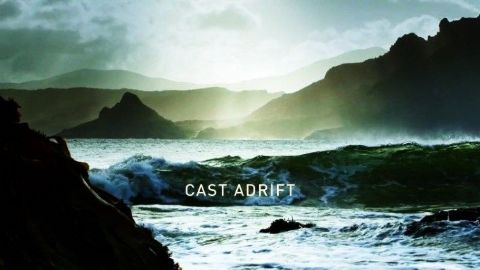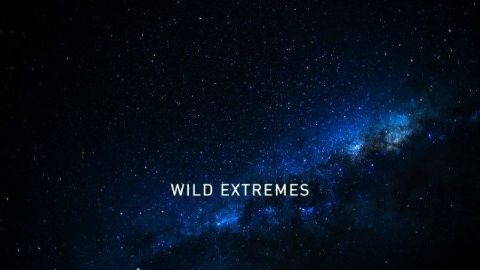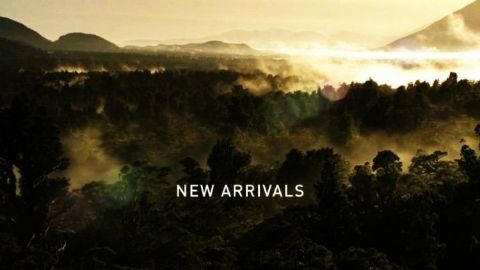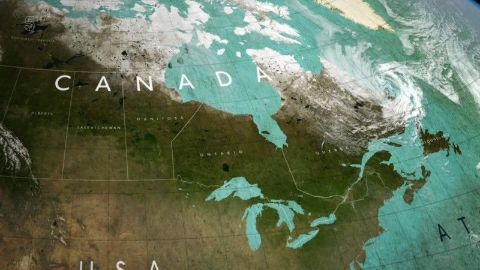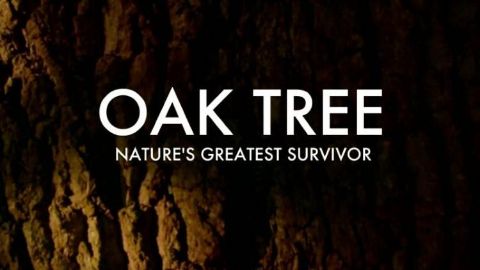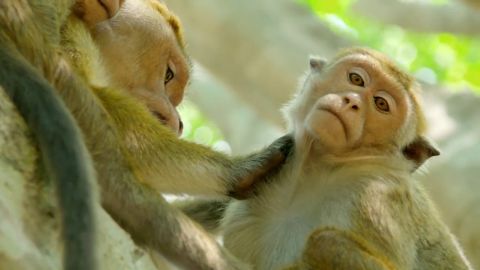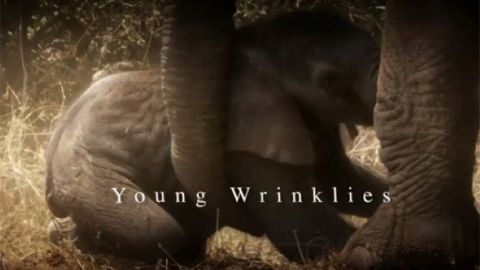Wild Extremes • 2016 • episode "Part 2" • New Zealand: Earth's Mythical Islands
The most extreme and wild parts of New Zealand are in the South Island, which lie towards Antarctica, in the path of the tempestuous 'roaring forties'. This is home to some of the most rapidly rising mountains in the world, the Southern Alps. From hyper-intelligent parrots to sinister snails with teeth and magical constellations of glow-worms, this is the story of New Zealand's wildest places and its most resilient pioneers, all of whom must embrace radical solutions to survive.
Make a donation
Buy a brother a hot coffee? Or a cold beer?
Hope you're finding these documentaries fascinating and eye-opening. It's just me, working hard behind the scenes to bring you this enriching content.
Running and maintaining a website like this takes time and resources. That's why I'm reaching out to you. If you appreciate what I do and would like to support my efforts, would you consider "buying me a coffee"?
Donation addresses
BTC: bc1q8ldskxh4x9qnddhcrgcun8rtvddeldm2a07r2v
ETH: 0x5CCAAA1afc5c5D814129d99277dDb5A979672116
With your donation through , you can show your appreciation and help me keep this project going. Every contribution, no matter how small, makes a significant impact. It goes directly towards covering server costs.
